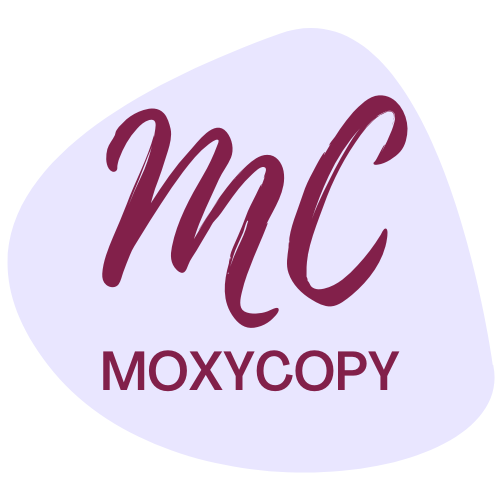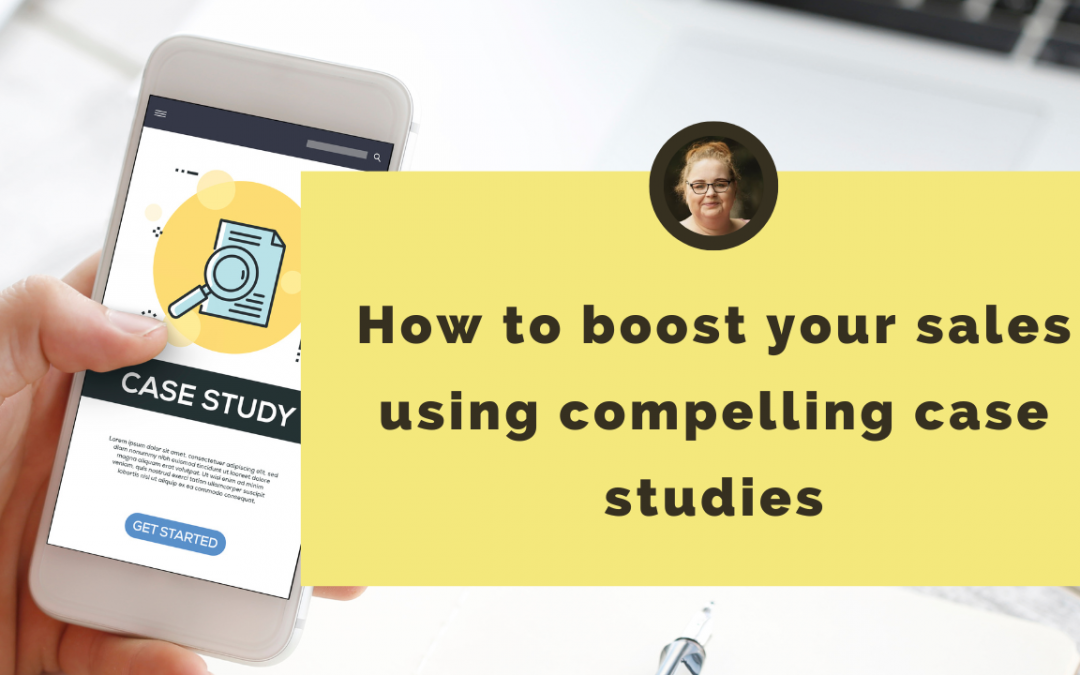In its simplest form, case studies are a story of how a business solved a problem. It is the perfect marketing tool because it allows potential customers to see how the company can help them using the power of storytelling.
Storytelling is the secret weapon of successful marketing projects. It is a powerful tool that can help you engage with your audience, create emotional connections and get people to act on your marketing message.
However, It’s not just a matter of telling stories but also how they are told that makes case studies so powerful.
It’s the ability to relate to our shared human experiences that makes storytelling so effective and powerful when used as a marketing strategy.
A good story can create an emotional connection with your ideal client or customer. Making them feel like they are experiencing it themselves rather than just reading about it from afar.
This is why storytelling is vital to any successful marketing campaign.
Why are case studies so powerful?
Case studies are powerful because they do the heavy lifting of a sales tool without appearing pushy or icky. Done well, they immerse your ideal client or customer in the solution to their problem, allowing them to feel what it would be like to no longer have that problem. And that is a powerful thing to achieve.
Once we have felt what it’s like to have a weight lifted from us, we want to keep it that way. Meaning we are likely to buy the product or service being sold. One study found that case studies were:
- 20% more influential
- 35% more memorable
- 50% more trustworthy
than other forms of content marketing. Pretty impressive, right?
So now you know why they are such a great asset to your business, let’s dive into the best bit as I show you how to create them yourself.
How to write a compelling case study
Choose the story you want to tell
This is an essential part of the process as not only does it set the theme for your case study, but it will also help you choose which client or customer you want to feature in your case study. Understanding your clients’ or customers’ pain points is key to getting this part right.
For example, a nutrition coach may recognise that evening snacking is one of their client’s problems. This means the case study will be centred around how they solved this problem, and they would use a client that has successfully implemented the coach’s strategy to overcome this problem.
Use numbers to boost credibility
One mistake I often see in case studies is the lack of tangible data that backs up claims made.
The writer may use phrases such as “doubled”, “tripled”, or “reduced”, etc., but this isn’t actual data. And this lack of detail can leave the reader not entirely convinced of the results.
For example, a sales coach may have helped a business owner “double” the number of monthly product sales. But does this mean they went from 1 sale to 2 or 150 to 300?
The more specific this type of data, the more the reader will buy into your solution.
Add value
Whilst your case study is a marketing tool, adding value that gives the reader something they can take away adds to that know, like, trust factor.
The best added value is a snippet of advice on how the reader could solve their problem. However, you should write it in a way that subtly says, “This is how you can fix it yourself, but it will save you time/money/a headache if we do it for you.”
For example, an interior designer may add some advice about negotiating with suppliers. However, the case study highlights how they already have established relationships that give them the best prices possible.
How to use your case study
This is where case studies really demonstrate their value. You can use them in so many places as different types of content; the possibilities are endless. Let’s have a look at some examples:
Sales Assets
Case studies are particularly important when buyers are in the “consideration zone.” They are actively comparing solutions and looking for examples of how their problem can be solved. So, having a downloadable PDF on your website or a printed copy that you can take into sales meetings is really helpful.
On Your Website
You could have a dedicated page for case studies. These could be called “Customer Success Stories”, “Our Work”, or simply “Case Studies”.
You could also showcase one on your homepage and throughout the other pages of your website.
Video Content
Case studies really do provide the opportunity for you to use them many times over. It’s no secret that most social media platforms favour video content. So, when you interviewed your ideal client or customer, it would likely have been using an online video platform. You can then use this in its entirety on your website or social media or even turn it into a podcast.
You could also cut parts of the video and use these as snippets on your social media to drive people back to the main content.
As a side note, ensure you have permission from the interviewee before using the interview as video content.
Pop-Ups
We all know that pop-ups on websites can be annoying. Especially when it’s a bland “join our mailing list” without giving any good reason why you should. I won’t get started on pop-ups and mailing list CTA’s; that’s a whole other blog.
However, on a product or service page, you could have a slide-in or pop-up with a link to a case study demonstrating a customer who has had great results using that product or service.
Newsletters
Case studies are a great addition to your newsletters or email marketing. People love businesses that look after their customers or clients. So this is a great way to show off your results.
Presentations
Whether that’s sales presentations or if you’ve been asked to be a guest expert at an event. As a guest expert, you’re often given a chance to promote your product or service at the end of the talk; showcasing a case study is a great way to do this. Especially if you find the sales bit at the end awkward (like I do every time!)
Blogs
This is another excellent way to share your case studies, especially if you can incorporate it into a value-added blog.
For example, a marketing agency could do a blog titled “How to achieve 1000 email subscribers in 3 months just like XXXX did.”
Your Email Signature
This might seem odd, but trust me, it works. You may have noticed email signatures with links to an organisation’s social media, blog, mailing list, sign-up, etc. However, you can use this to promote your case study. Remember to use a compelling headline that drives curiosity.
Landing Pages
Social proof is an essential part of any landing page, so why not go above the usual testimonials that are used and add in one of your relevant case studies?
Social Media
Here are just some of the ways you can use your case study on social media:
- Use snippets to showcase results
- Share a link to the main case study (tag the customer or client for added reach)
- Add it as a featured article on LinkedIn
- Create a graphic that shows the problem vs results
- Again, use the problem vs results and create an Instagram Reel
- Use it as a lead magnet to encourage people to sign up for your mailing list
There are so many ways you can use case studies on social media. But remember, you don’t have to use them all or be on every platform. Just focus on where your ideal client or customer hangs out and the type of content they like to consume.
Conclusion
I hope this has given you an insight into how powerful case studies can be and how to start writing your own. There is no denying they are one of the most versatile marketing tools and can help at all stages of the buyer’s journey.
So, if you plan on creating your first case study, reach out to clients or customers who have left you great testimonials or ones with which you have had outstanding results. Then ask them if they would be happy being interviewed and featured in a case study.
Once you’ve completed the interview, you’ll have all the information you need to start writing your case study.
My final tip is to ensure when writing your case study, you do so with your ideal customer or client in mind. This means using the language they would use to describe their problem and explaining the solution and results in a way they understand.
This final tip is often why businesses choose to have a professional case study copywriter create their case studies. They are detached from the company and will use the language used in the interview direct from the customer.
So, if you want to start using case studies in your business but haven’t got the time or resources to do it yourself, or you’d like to have it written by a specialist case study copywriter, drop me a message, and we can arrange a no-obligation chat.
As a content and copywriter, helping businesses attract and nurture their ideal clients to grow their sales lights me up. Drop me a message today if you need help identifying your perfect client, perfecting your messaging, or marketing your services.
You can also download my FREE guide to make SEO Easy, a handy desktop guide packed with quick and easy tips to get your business found online.
Or
If you’re stuck with where to start with your social media or blogs, I send a FREE email every Sunday with 7 content ideas for the week ahead to help you get those creative juices flowing. You can sign up here.

